A symbol of liberation, rebellion or practical clothing for swimming in public, swimsuits are containers of meaning and represent the ideals of the era in which they were created. The years go by and these clothes change with them.
There are iconic swimsuits. How to forget Pamela Anderson’s red Baywatchor the character of Brigitte Bardot in The girl in the bikini. In both films, the beach, the sea and swimsuits are a common denominator, which invites us to question the origins of this useful – but sometimes controversial – article of clothing.
The first recordings transport its history to Italy. Apparently, the Romans had already invented the bikini long before. In the Italian town of Piazza Armerina, in Sicily, the Villa del Casale, dating from the 4th century BC, is preserved. “the bikini mosaic” which may be the first depiction of a dress like this.

With shoulders, abdomen and legs exposed, It is believed that these garments could have been used for sporting activities, not necessarily water related.
However, before we get into the history of swimwear, we need to go back a few centuries and unravel the origin of public bathing activity .
According to different portals, We owe this fashion to King George III of England, who established this practice as a leisure activity. but with ordinary clothes.
The first swimsuit?
Ignoring the unconfirmed existence of Roman swimsuits, the first swimsuits date from the mid-19th century and there are two possible origins. In the first place, in 1844, when Charles Goodyear designed the jersey, a model with horizontal stripes that covered the entire body.
Likewise, it is stated that It was around 1860 that the first clothing intended exclusively for public baths was created. These included, for men and women, long pants, a camisole and stockings for women.
Swimming was a separatist activity. Men and women – unless married – could not bathe in the same space.
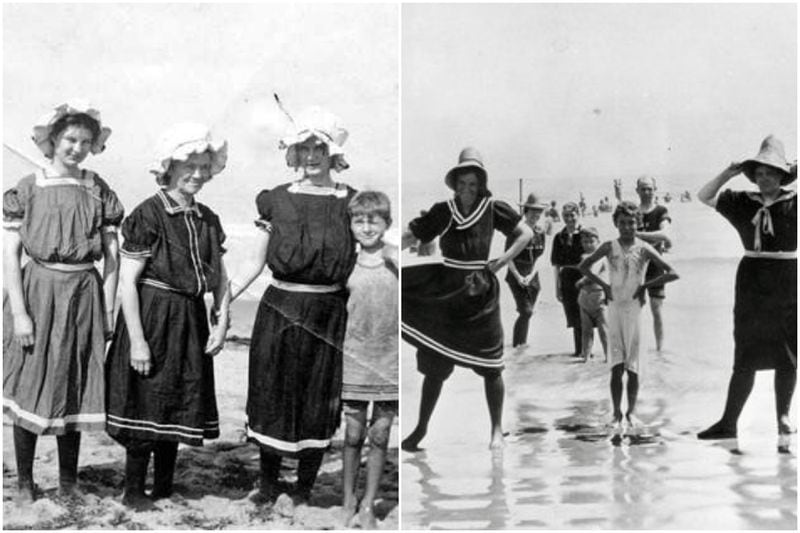
The revolutionary swimmer
It was thanks to Annette Kellerman Australian swimmer, who Swimwear began to shrink in size and become more practical for mobility. Considered the inventor of synchronized swimming, she is also recognized for being one of the first public women to wear a one-piece swimsuit.
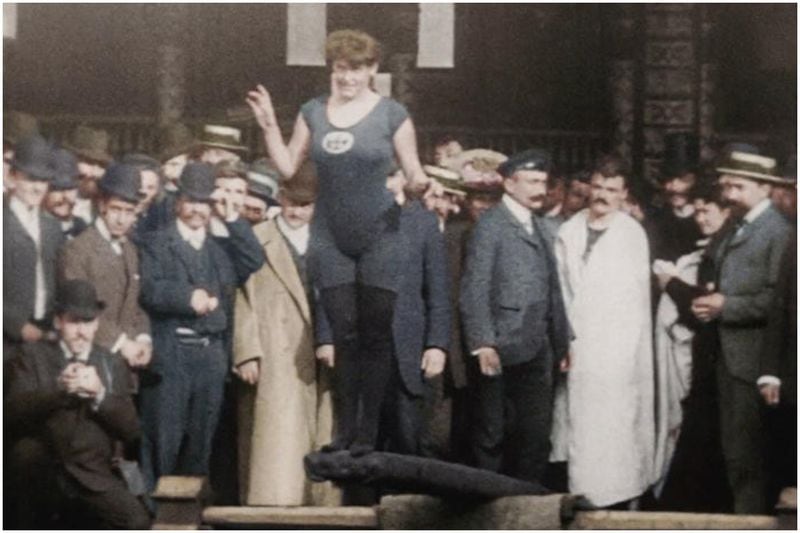
Additionally, her forays into design led her to design her own clothing line and become a fashion icon. However, This was described as “indecent”.
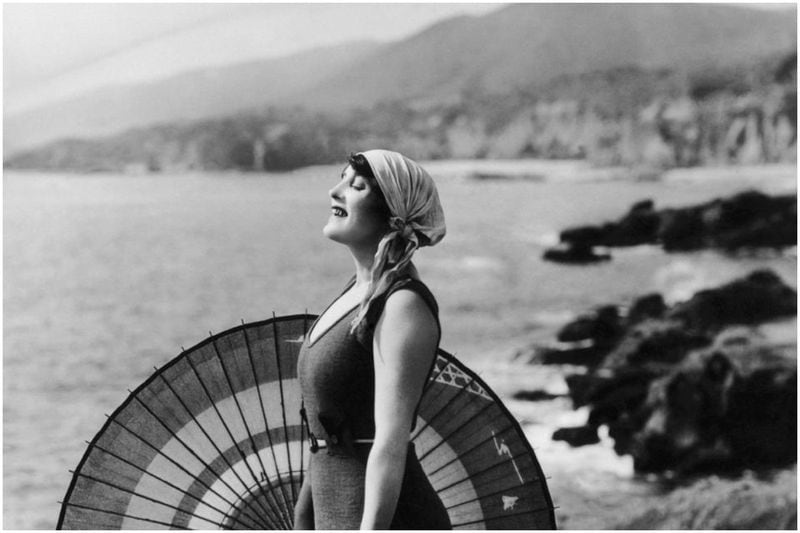
In everyday life, The most common item of clothing worn by women was a mini dress, loose cut, made of linen or cotton. “The models only showed arms and calves. As the seasons change, they become shorter and require outings with towels. Sometimes, women used small changing cabins, on wheels, to be transported to the seaside, away from the male gaze. The costumes were made of heavy knitted wool fabrics,” explains clothing designer and teacher Vicky Salías, director of the Museum of the History of Argentine Costume.
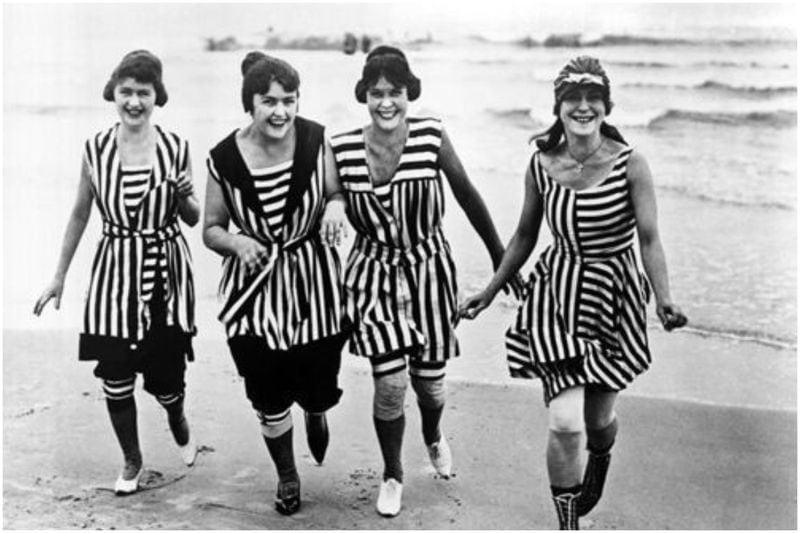
In the case of men, They wore shorts and t-shirts. The important thing, until now, was to protect yourself from the sun, because keeping fair skin was a sign of status.
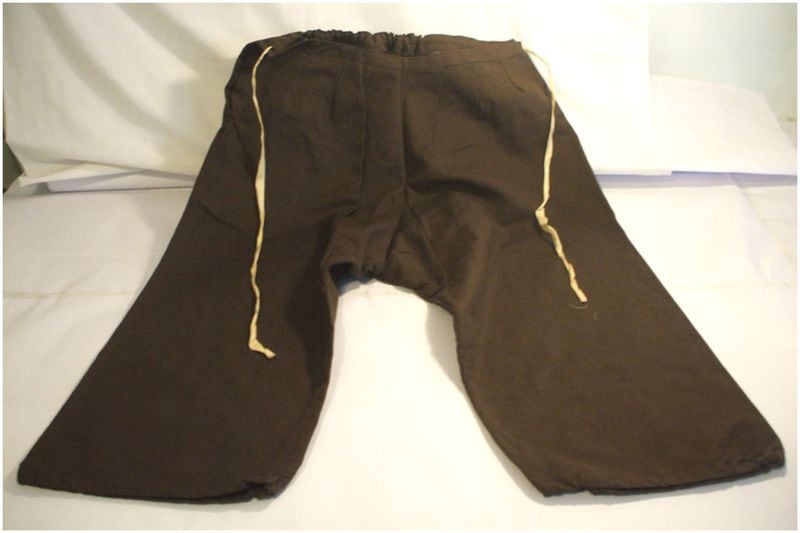
Roaring Twenties: One Piece
“From the 1920s, we began to use one-piece swimsuits, with wider necklines and revealing the thighs” explains Vicky Salías.
After the First World War, female emancipation developed. Clothing was then a powerful manifestation of female freedom, which, in the world of swimsuits, translated into more neckline, straps, above the knee cut and one piece.
Men, for their part, They wore bodysuits similar to the jersey, with sleeves and shorts. In addition, little by little, tanning is no longer associated with lower social status, so bathers have to take fewer precautions when uncovering themselves.
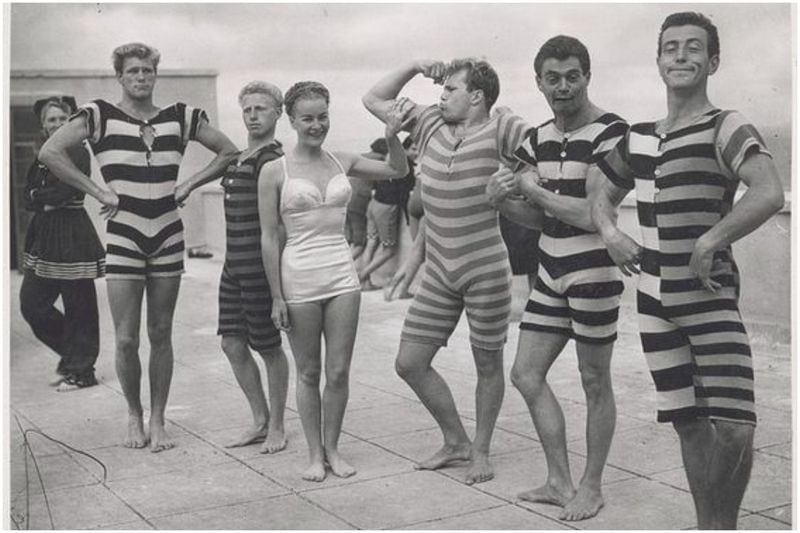
Even if women occupy more space in the public sphere, repressive measures against bodily expression remain present. SO, the counters They emerged as a profession on beaches and spas, and They were responsible for measuring, whether it was a skirt or pants, the appropriate length. Basically, the standard rule was: no more than 15 centimeters of thigh could be shown.
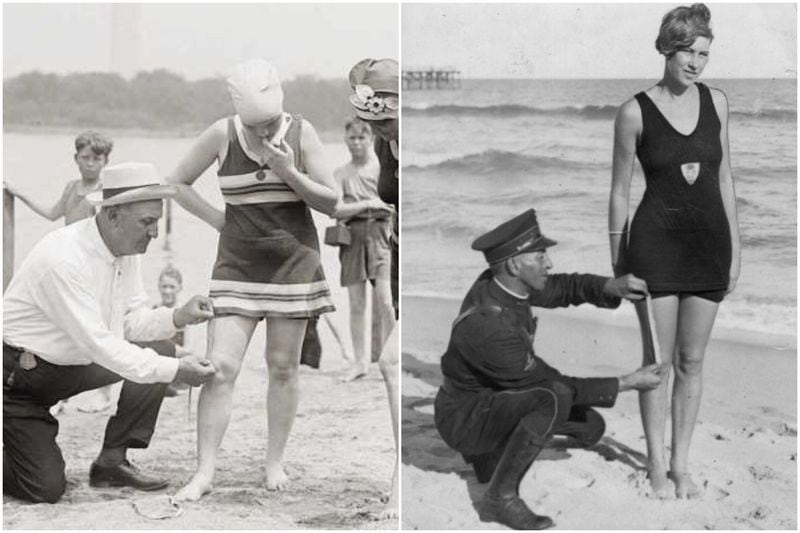
New materials
In the 30s and 40s, Swimwear began to reduce its amount of fabric and vary in terms of materials. Nylon or latex were much more convenient to move and dry.
The article The charm of Hollywood: glamor and femininity in Écran magazine (Chile 1930-1931) , by academic Andrea Robles Parada of the University of Valparaíso, addresses, among other topics, the limited presence of swimsuit advertisements in Chilean magazines.
“In 1931, magazine advertising carried models of tighter and more sophisticated women’s swimsuits like those worn by the stars (…) However, the images of stars in swimsuits were not numerous in Screen. It would be difficult to give an explanation for this absence, but It can be assumed that the Hollywood-style swimsuit was still very daring for Chilean society. “, he maintains in the text.

The actress Joan Crawford wears a swimsuit that exemplifies the current style of the era. According to National geographic it was crucial not to violate the Hays Code, which prohibited baring the navel in public.
In the case of men, The shorts are held in place by a belt and the torso is uncovered.
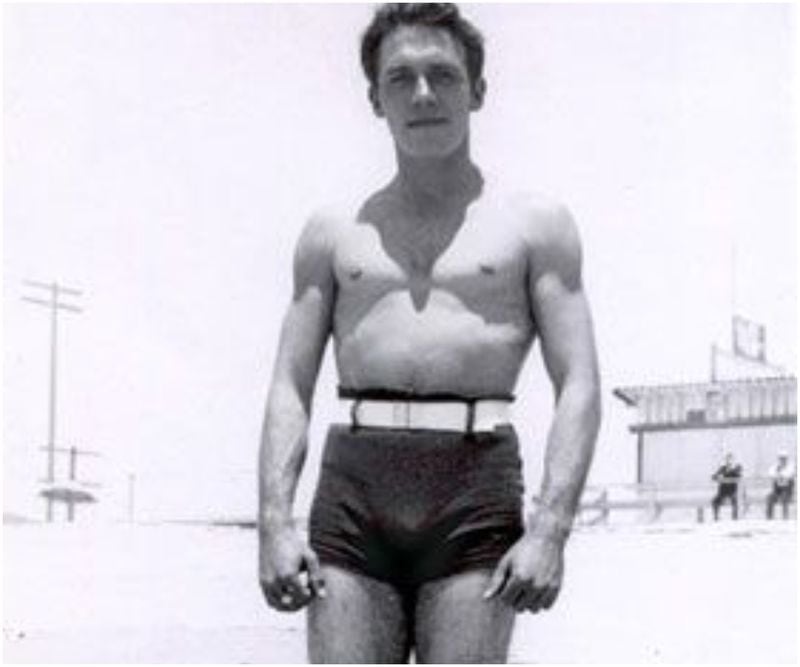
The atom
One of the most revolutionary inventions is that made by Jacques Heim French fashion designer known for being one of the precursors of the bikini . This creator made “the atom”, a two-piece swimsuit that covered the navel. He named it that because, according to him, it was the smallest swimsuit in the world in the 1940s.
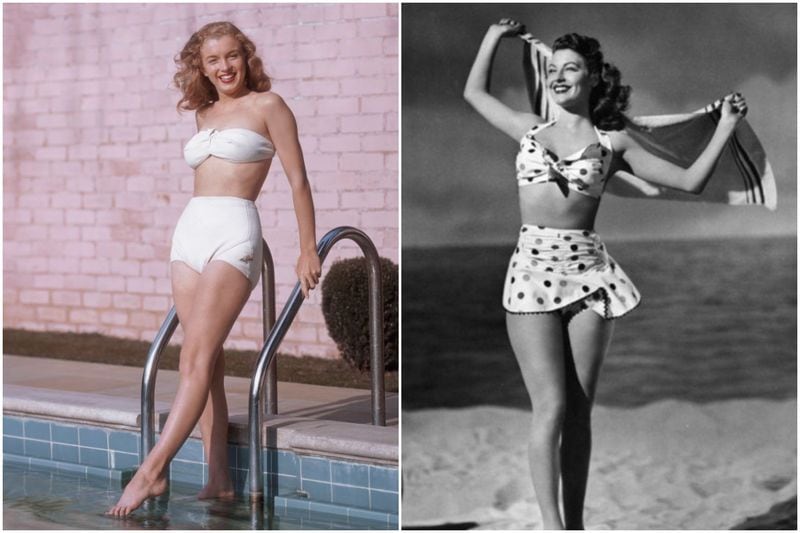
The arrival of the bikini
If there is something that revolutionized fashion, it is the arrival of the bikini in 1946. This garment is the work of Louis Réard , a French mechanical engineer who ran his mother’s lingerie business. SO, This first two-piece swimsuit did allow the navel to appear.
Finding a model was a challenge for the inventor. After endless research, It was casino dancer Michelle Bernardini who wore the first public bikini.
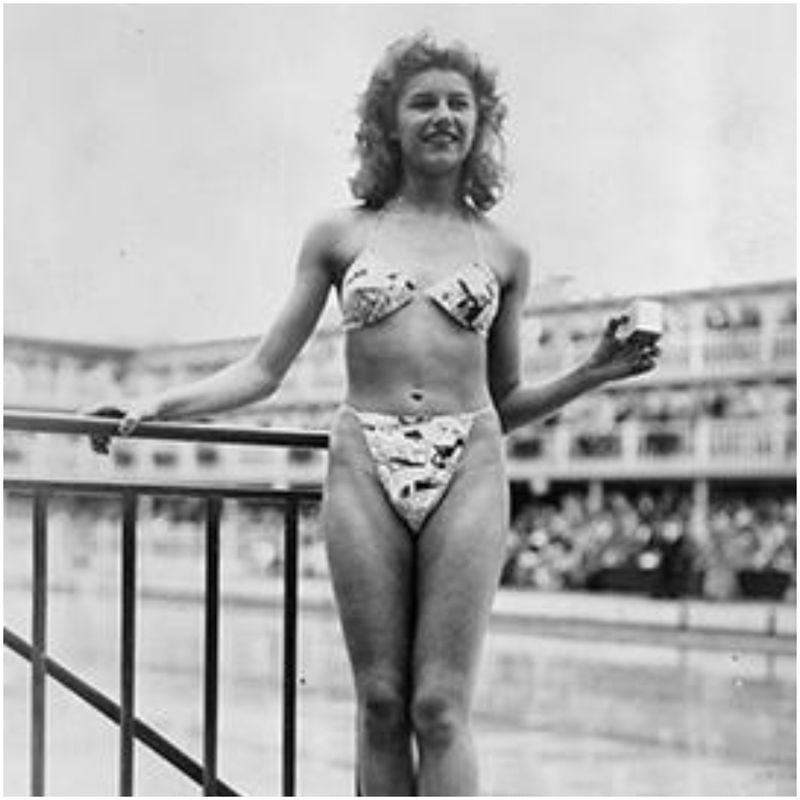
The name is due to Bikini Atoll, an uninhabited area of the Marshall Islands in the Pacific Ocean. According to National Geographic, it is said that Réard considered his invention would be explosive, so he thought it appropriate to name his creation after this place, which It had been used by the United States to test a nuclear hydrogen bomb. Likewise, it is believed that he could have made a relationship between the notion of nudity of clothing, with the nudity of underwater vegetation on the atoll because of the experiments.
Thank you Brigitte Bardot
Yes, it was an explosive invention, but it did not have the scope imagined by its inventor. At least not immediately. It was not until the 1950s that this garment became fashionable. thanks to the French actress and singer Brigitte Bardot and other personalities like Marilyn Monroe, Ava Gardner, Rita Hayworth and Elizabeth Taylor.
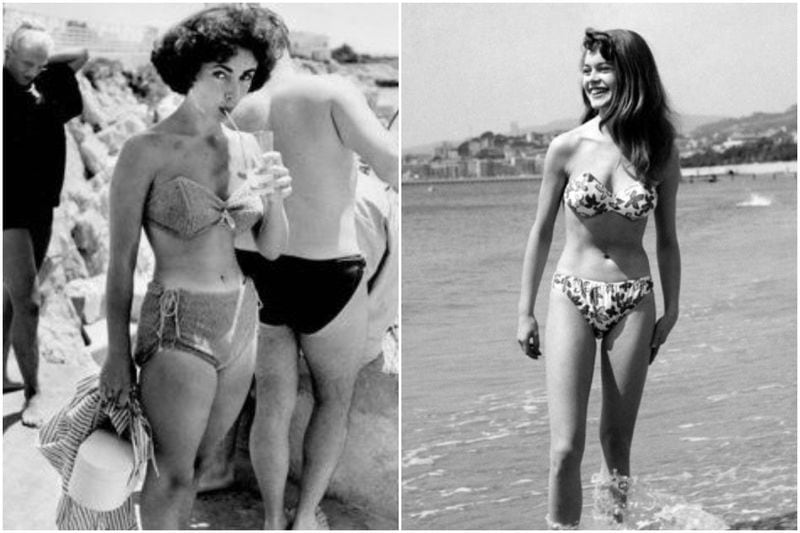
Monokini
A lesser known – but no less important – piece is the monokini a creation by the Austrian fashion designer, Rudi Gernreich in the mid-1960s. It consists of a single piece, which includes briefs and straps that go up around the waist without covering the chest.
The thong and the sunga
An invention that still endures today is the strap created by Italian Carlo Ficcardi , which in the 70s imposed its use in Brazil and throughout the world. For men and women, in underwear and swimsuits, The thong is a comfortable garment for many.
In the case of men, the sunga (or zunga) It quickly became a trend.
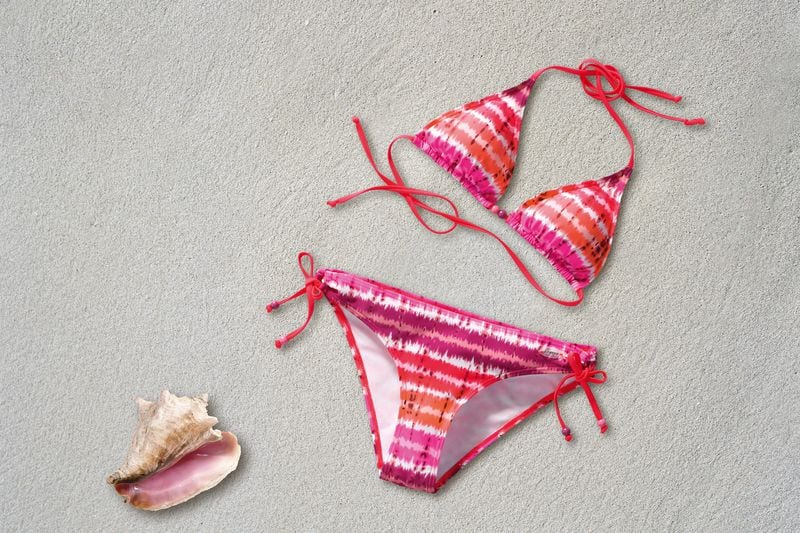
News
Over the years, There are many shapes and sizes of swimsuits. . Among them, there are also trikinis swimsuit pieces designed for women, which join the lower piece to the upper piece.
Also burkini created in 2004 by Aheda Zanettu, It allows Muslim women to bathe in public without violating Islamic principles. Widely questioned, it is yet another manifestation of the multiple forms of the swimsuit.
In the case of men, The shorts do not appear to have changed since their use in the 1930s. with the exception of small variations in comfort and materiality.
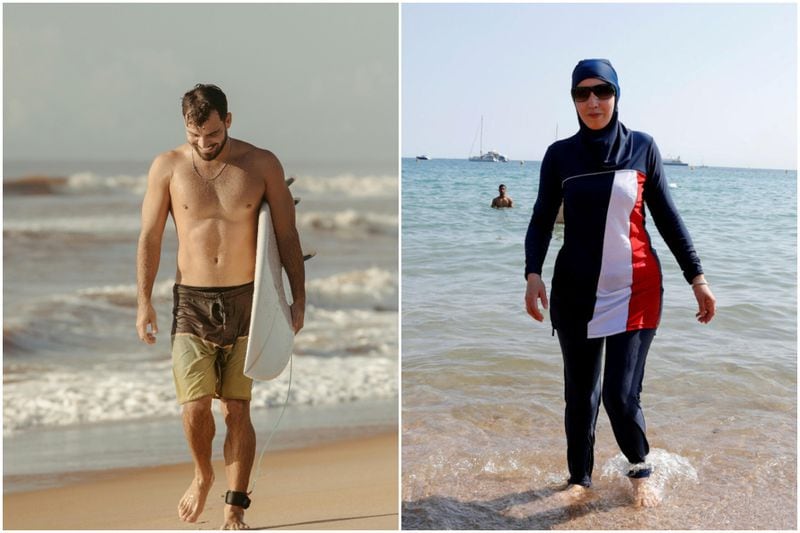
Continue reading in Cult
Source: Latercera
I am Robert Harris and I specialize in news media. My experience has been focused on sports journalism, particularly within the Rugby sector. I have written for various news websites in the past and currently work as an author for Athletistic, covering all things related to Rugby news.


